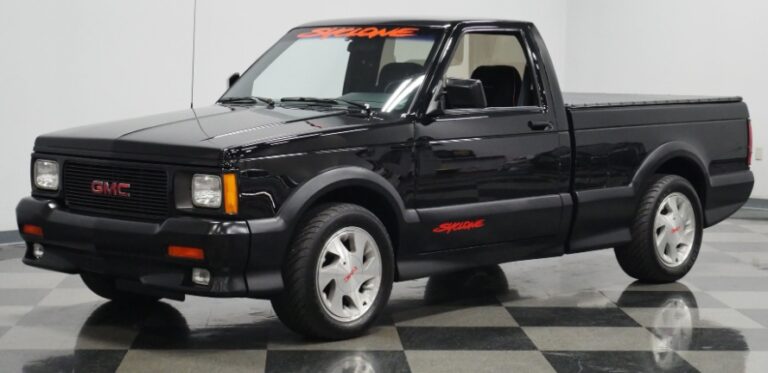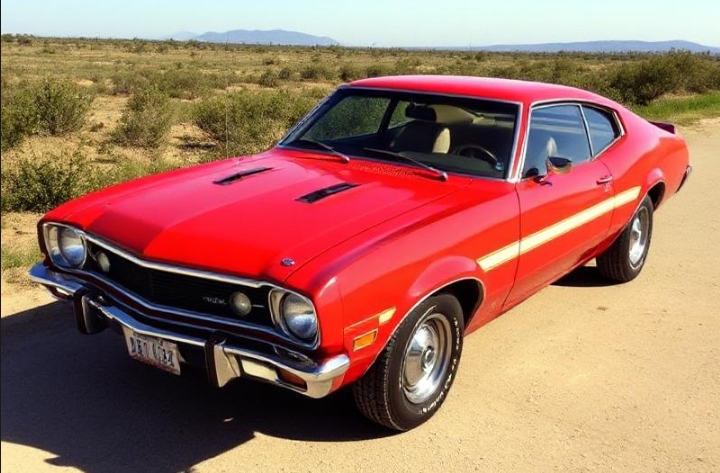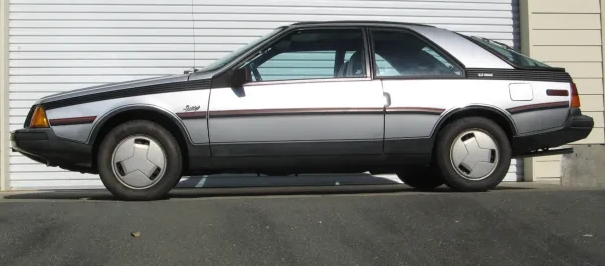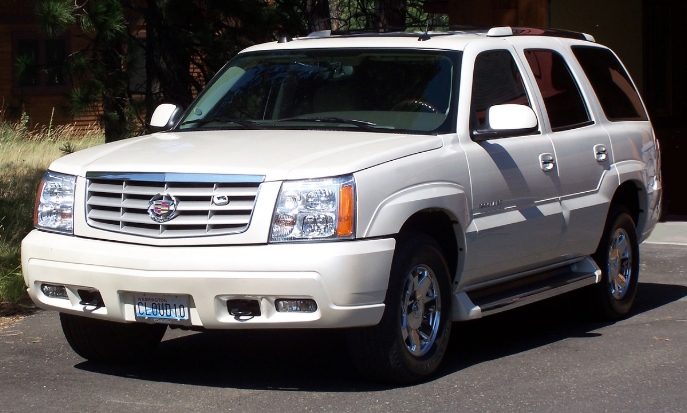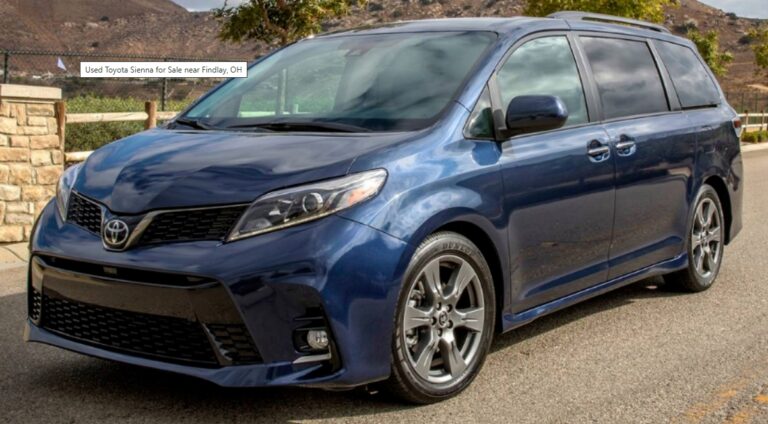The Symbol of a Revolution: Charting the Evolution of the Renault Austral
In the fiercely competitive landscape of the modern automotive industry, the C-segment SUV is the ultimate battleground. It is here that practicality, style, technology, and value converge, and where a manufacturer’s success is often defined. For Renault, a brand with a rich history of innovation, its re-entry into this fight required more than just a new car; it demanded a new philosophy. The Renault Austral, introduced in 2022, is the physical embodiment of that philosophy—a vehicle whose evolution is not measured in multiple generations, but in the revolutionary leap it represents over its predecessor and the strategic shift it heralds for the entire brand.
To understand the Austral’s significance, one must first look at the vehicle it replaced: the Renault Kadjar.
The Precursor: The Renault Kadjar (2015 – 2022)
Launched in 2015, the Renault Kadjar was a competent and commercially successful vehicle. Built on the same CMF-C/D platform as the globally popular Nissan Qashqai, it was a product of the Renault-Nissan Alliance’s strength in platform sharing. The Kadjar was a handsome, if conservative, crossover that offered exactly what many families were looking for: practicality, a comfortable ride, efficient engines, and a spacious cabin.
During its seven-year production run, the Kadjar was offered with a range of proven powertrains. Early models featured the 1.2 TCe petrol engine and the highly regarded 1.5 dCi and 1.6 dCi diesel engines, the latter of which was available with optional four-wheel drive—a feature that would later be absent in its successor.
A mid-life facelift in 2018 brought subtle exterior tweaks, an updated infotainment system, and a significant powertrain overhaul. The older engines were replaced by a new 1.3 TCe petrol engine (co-developed with Mercedes-Benz) in 140 and 160 horsepower outputs, and a more refined 1.7 “Blue dCi” diesel.
However, as the 2020s dawned, the Kadjar’s weaknesses became more apparent. Its interior design and material quality felt a step behind class leaders like the Peugeot 3008, and its infotainment system, even after the update, was sluggish and dated compared to the slick, screen-dominated cockpits of its rivals. In a market increasingly driven by technology and premium feel, the dependable but unexciting Kadjar was struggling to capture the imagination of buyers. Renault knew a simple replacement would not be enough. A fundamental change was needed.
.

.
The Genesis of Change: The “Renaulution” Strategy
The arrival of CEO Luca de Meo in 2020 marked a pivotal moment for Groupe Renault. He introduced a new strategic plan dubbed the “Renaulution,” aimed at shifting the company’s focus from volume to value. The plan was built on three pillars: Resurrection, Renovation, and Revolution. The Austral falls squarely under “Renovation”—a phase dedicated to renewing and enriching the product lineup, with a clear emphasis on moving the brand upmarket.
The brief for the Kadjar’s replacement was clear: create a vehicle that was not just competitive, but a segment benchmark in technology, perceived quality, and powertrain efficiency. It would be the first Renault to be built on the new third-generation CMF-CD platform, a sophisticated architecture designed to accommodate advanced hybrid technologies and deliver superior driving dynamics. It would also be the flag-bearer for a new design language and a revolutionary interior concept.
The Arrival: The Renault Austral (2022 – Present)
The Renault Austral was officially unveiled to the world in March 2022, with production commencing later that year. From the very first glance, it was evident that this was a complete departure from the Kadjar.
Design and Platform: Penned under the direction of design chief Gilles Vidal, the Austral introduced Renault’s “Sensual Tech” design philosophy. It combines sculpted, athletic lines with high-tech details like the intricate C-shaped matrix LED headlights and the striking micro-optic LED rear lights, which create a 3D-like shimmering effect. The proportions are more assertive than the Kadjar’s, with a high waistline, short overhangs, and the ability to accommodate large wheels up to 20 inches in diameter.
Underpinning this new design is the advanced CMF-CD platform. This stiffer, more refined architecture allowed engineers to integrate sophisticated features, most notably the 4Control Advanced system. This third-generation four-wheel steering system turns the rear wheels by up to 5 degrees. At low speeds, they turn opposite to the front wheels, giving the Austral a turning circle of just 10.1 metres—tighter than many city cars. At higher speeds, they turn in the same direction, enhancing stability and agility.
A Hybrid-Only Powertrain Strategy: Reflecting the industry’s rapid shift towards electrification, the Austral launched with a powertrain lineup completely devoid of pure diesel options. The focus is exclusively on electrified petrol engines.
- Mild Hybrid 1.3 TCe (140 hp & 160 hp): This is the entry-level offering, pairing the familiar four-cylinder turbo petrol engine with a 12-volt lithium-ion battery and a belt-starter generator. The system assists the engine during acceleration to reduce fuel consumption and emissions but cannot power the car on electricity alone. It is paired with a CVT-style automatic gearbox (or a manual on the 140 hp version in some markets).
- Mild Hybrid Advanced 1.2 TCe (130 hp): A more sophisticated system, this was Renault’s first implementation of a 48-volt mild-hybrid setup. It uses a new 1.2-litre, three-cylinder turbocharged petrol engine combined with a 48V battery. This system is designed for maximum efficiency and boasts impressive fuel economy figures.
- E-Tech Full Hybrid (160 hp & 200 hp): This is the flagship powertrain and the technological centrepiece of the Austral. It combines the new 1.2-litre three-cylinder petrol engine with two electric motors—one for propulsion and one serving as a high-voltage starter-generator—and a compact 1.7 kWh (net) battery. The system is managed by an intelligent, clutchless multi-mode dog-box transmission. It allows the Austral to start in 100% electric mode and operate as an EV for up to 80% of the time in city driving, leading to fuel savings of up to 40% compared to a conventional petrol engine.
The Interior Revolution: The OpenR Cockpit: If the exterior was a leap forward, the interior was a quantum jump. The Austral debuted the OpenR cockpit, a driver-focused digital environment dominated by two seamlessly joined screens. A 12.3-inch configurable digital instrument cluster sits behind the steering wheel, flowing into a 12-inch vertical touchscreen infotainment display in the centre console.
Crucially, this system runs on Android Automotive OS, featuring built-in Google Automotive Services. This is not simply Android Auto; it is a native operating system that integrates Google Maps for navigation, Google Assistant for voice control, and the Google Play Store for downloading compatible apps directly to the car. This move placed Renault at the forefront of in-car connectivity and user experience. The system is fast, intuitive, and constantly updatable over the air. The experience is further enhanced by an optional 9.3-inch head-up display, projecting key information directly onto the windscreen.
Material quality saw a commensurate upgrade, with soft-touch plastics, genuine wood or Alcantara inserts (depending on trim), and meticulous attention to detail, such as the unique sliding hand-rest on the centre console, dubbed the “ergo-nomad,” which allows for comfortable operation of the touchscreen.
Models and Trim Levels (2022 – Present)
As a new model, the Austral’s trim structure has remained consistent since its launch, though market availability may vary. The lineup was designed to be clear and progressive, introducing a new sporty designation to replace the previous “R.S. Line.”
- Equilibre: The entry-level model, designed to offer strong value. Standard features typically include the 9-inch central touchscreen (without native Google services, but with Apple CarPlay/Android Auto), the 12.3-inch driver display, automatic emergency braking, rear parking sensors, and 17-inch alloy wheels.
- Techno: Considered the heart of the range, this trim level represents a significant step-up. It introduces the full 12-inch OpenR Link system with Google built-in, adaptive cruise control, front and side parking sensors, a reversing camera, multi-sense driving modes, ambient lighting, and larger 19-inch alloy wheels. It also features upgraded upholstery and exterior styling elements.
- Iconic: This is the luxury-oriented top-tier trim. Building on the Techno specification, the Iconic adds features such as a 360-degree around-view monitor, a hands-free electric tailgate, heated front seats and steering wheel, an electrically adjustable driver’s seat with massage function, and often the 4Control Advanced four-wheel steering system.
- Esprit Alpine: A new trim designation introduced with the Austral, replacing the popular R.S. Line. Available as a standalone trim or as a pack on the Iconic model, Esprit Alpine (pronounced “Es-pree Al-peen”) focuses on a dynamic, sporting aesthetic inspired by Renault’s performance brand, Alpine. It does not offer more power but transforms the vehicle’s look and feel with:
- Exclusive 20-inch ‘Daytona’ alloy wheels.
- A unique front grille and F1-style front blade.
- Satin grey exterior accents and badging.
- An optional and exclusive Satin Shale Grey paint finish.
- An interior trimmed in Alcantara with blue contrast stitching, an Alpine-branded steering wheel, and aluminium pedals.
Conclusion: An Evolution in a Single Step
The story of the Renault Austral is a potent case study in modern automotive evolution. It demonstrates that meaningful progress is no longer solely defined by a slow, iterative process over multiple decades and generations. Instead, the Austral’s evolution is one of strategic intent—a rapid, revolutionary leap executed in a single model launch.
It evolved from the sensible but staid Kadjar into a vehicle that leads its class in digital technology, offers a sophisticated hybrid-only powertrain lineup, and presents a bold, upmarket design. It is the product of a brand that took a hard look at its position in the market and decided not just to compete, but to disrupt. The Renault Austral (2022-Present) is more than just the successor to the Kadjar; it is the first chapter of Renault’s future, a rolling showcase of the “Renaulution” in action, and a clear signal that the French marque is ready to fight for the heart of the European car market once again.


